Flick through a list of Unesco world heritage sites and it reads like a Who’s Who of dream holiday destinations.
It boasts natural wonders such as the Galapagos Islands, Grand Canyon and Yellowstone National Park, as well as cultural delights like the Palace of Versailles, Egyptian pyramids and Taj Mahal.
Closer to home, the Forth (railway) Bridge, Edinburgh’s old and new towns, New Lanark and the island of St Kilda all make it into the exclusive club.
More Scottish locations now poised to join prestigious world heritage list
Could two sites in the north soon be included in the roster?
The Flow Country, the vast area of peatland that straddles Caithness and Sutherland, was added to the UK’s tentative list of candidate sites in 2012.
It was joined on the list that same year by Shetland brochs and other Iron Age structures under the title of Mousa, Old Scatness, and Jarlshof: the Zenith of Iron Age Shetland.
The Flow Country was recently visited by a team from the International Union for Conservation of Nature, which is assessing world heritage status bids for Unesco.
A decision on the application is expected during the middle of next year.
But what could be the benefits for the local economy of gaining world heritage status?
Steven Andrews, Flow Country world heritage project coordinator at Highland Council, said: “The first thing everyone always thinks about with world heritage sites is tourism.
It’s not necessarily about the area needing or wanting more tourists.”
Steve Andrew, Highland Council
“From the consultations we’ve carried out, many people feel there are enough tourists due to the success of the NC500 (North Coast 500) driving route.
“It’s not necessarily about the area needing or wanting more tourists, but instead about promoting the idea of sustainable tourism and slowing tourists down so they spend more time in an area instead of just driving through it.”
He added: “The Flow Country is so big it’s difficult to just drive through it and say ‘I’ve done the Flow Country’, or stop and post one photo on Instagram and say ‘that’s that done’. It’s a very, very pretty place but if you want to understand it, then you need to slow down and stop to listen to the birds or look at the sphagnum moss.”
World heritage status may help to secure investments in peatland restoration
But there is more to world hertitage status than slowing down tourists so they spend more money with hotels, cafes, and other local businesses.
It could also become a catalyst for helping to restore the Flow Country’s peatlands. These are an important habitat for soaking up carbon dioxide from the atmosphere to help tackle global warming.
Mr Andrews said: “World heritage status could attract a higher carbon price for investments through green finance initiatives. The knock-on effect from that could be an increase in the scale of restoration and, therefore, more jobs associated with restoration and the technical work in monitoring and administering the peatlands.”
Zenith Iron Age Shetland business case being prepared
The economic impact of world heritage status is also being explored in Shetland.
The cultural and natural heritage of the UK’s northernmost islands are championed by Shetland Amenity Trust. Its chief executive, Hazel Sutherland, told The Press and Journal a business case for Zenith of Iron Age Shetland is currently being prepared.
The trust is expected to produce its report before the end of the year.
Scotland’s two Unesco world heritage tentative list applicants hope they can follow in the footsteps of the Heart of Neolithic Orkney. It achieved the coveted status in 1999.
Orkney’s designation covers the chambered tomb at Maeshowe, Stones of Stenness, Ring of Brodgar and famous settlement at Skara Brae, a mainstay of school history textbooks.
Scottish Government agency Historic Environment Scotland (HES) looks after Skara Brae and more than 300 other properties throughout the country, including the remains of Elgin Cathedral, Fort George between Nairn and Inverness, and the ruins of Urquhart Castle on the banks of Loch Ness.
It is now developing its next five-year management plan for Orkney’s world heritage assets.
In 1998, a year before Orkney’s special status was confirmed, HES recorded a total of 113,255 visitors across Skara Brae and its four other sites in the islands – the Bishops and Earls Palaces in Kirkwall, Brough of Birsay, Gurness Broch and Tormiston Mill.
In the year leading up to the coronavirus pandemic, those same five sites welcomed a combined 172,542 visitors, a rise of 52%.
HES said: “Orkney’s world heritage status is undoubtably a draw, combined with its natural heritage. However, over the course of the past two decades there’s also been a marked shift in travel trends more broadly, with budget breaks, weekend trips, and staycations becoming more popular in recent years.
“Orkney has also seen an increase in cruise ships.”
Having world heritage status has really significantly increased the profile of Orkney’s brand internationally.”
Iain Hamilton, head of creative industries at economic development quango Highlands and Islands Enterprise, said: “Anytime you speak to someone internationally who has even a vague interest in heritage they’ve heard of Orkney.
“Having world heritage status has really significantly increased the profile of Orkney’s brand internationally.”
Further afield, Sam Rose coordinated Dorset Council’s bid for the Jurassic Coast to win world heritage status and then managed the site.
He went on to found World Heritage UK, a membership body that represents Britain’s sites, and is now acting as a consultant to the Flow Country project.
Mr Rose said: “If you create a brand around world heritage status, like we did with the Jurassic Coast, then people can coalesce around it.
“They can start using it for their business, whether it’s tourism, food products or accommodation; we’ve even had estate agents using it.
“It’s not easy to calculate the exact financial benefits from something as nebulous as a designation, but the research we commissioned – which was based on good data and took into account broader growth in the economy – calculated the (gross) value world heritage status brought to East Devon and Dorset was up to £111 million each year.”
We're delighted to premiere our brand new animated short, inspired by the new Discover the UK's UNESCO sites map: https://t.co/2bpLHk9YAt@GREATBritain @HeritageFundUK #SeeThingsDifferently #HeritageFund #NationalLottery #LoveGreatBritain #UNESCOintheUK #LocaltoGlobal pic.twitter.com/JPpq0GcI3D
— UNESCO UK (@UNESCOUK) August 18, 2023
He continued: “Even if the precise figure was just half of that, it would still be £55m of economic benefit the area didn’t have before world heritage status.
“Other world heritage sites – such as Blaenavon in Wales and the Cornwall and West Devon Mining Landscape – have been particularly good at attracting investment into their wider infrastructure, which benefits both visitors and locals.”
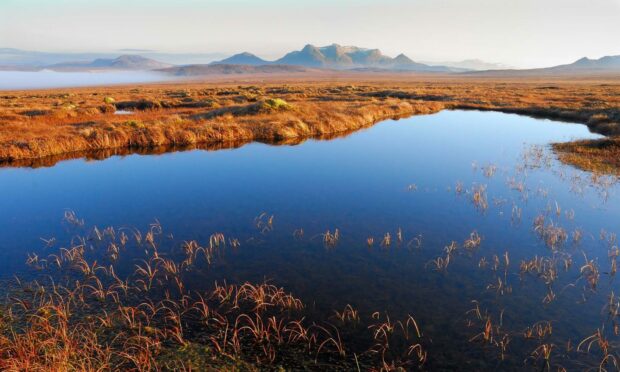
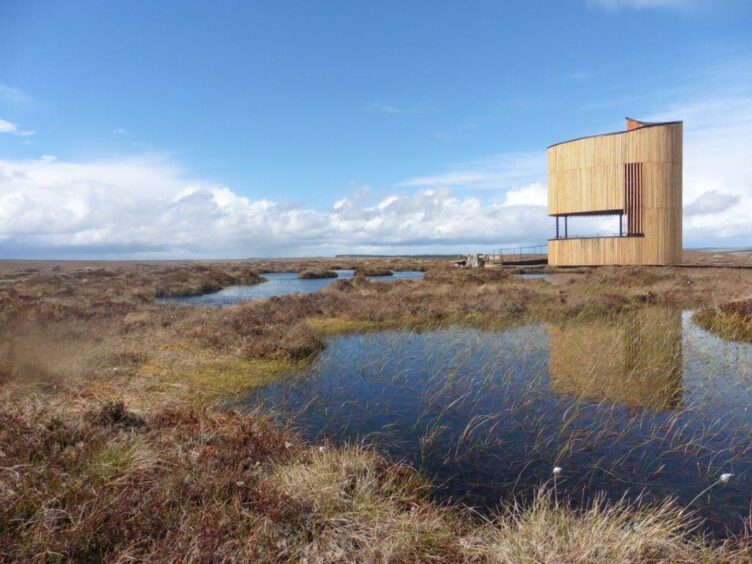
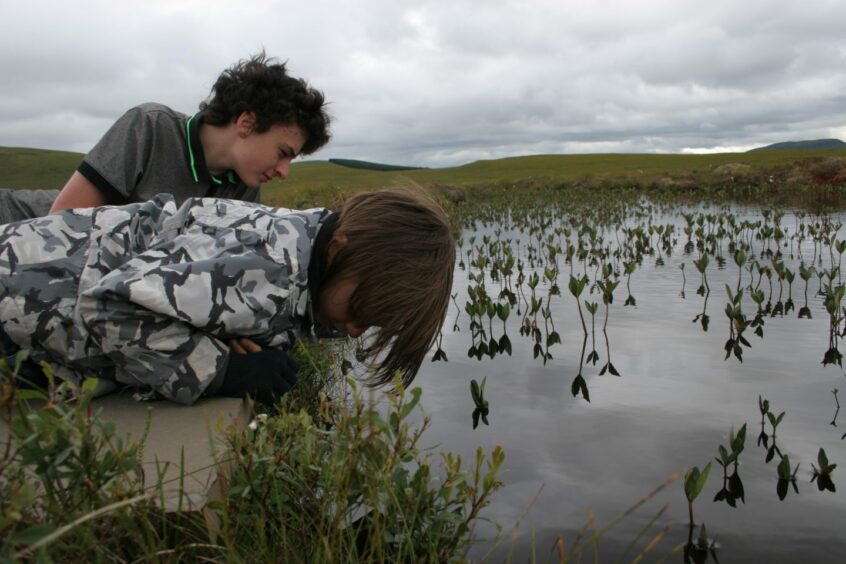
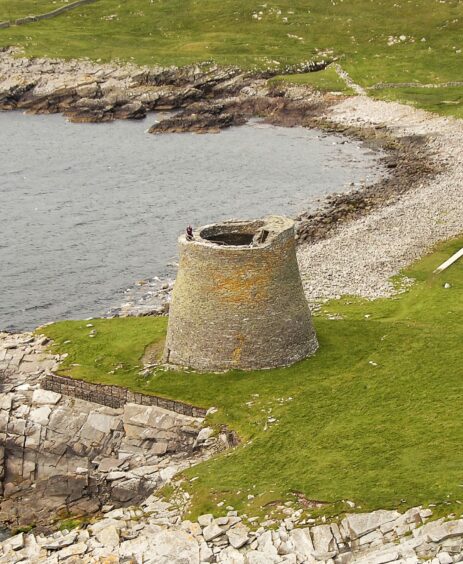
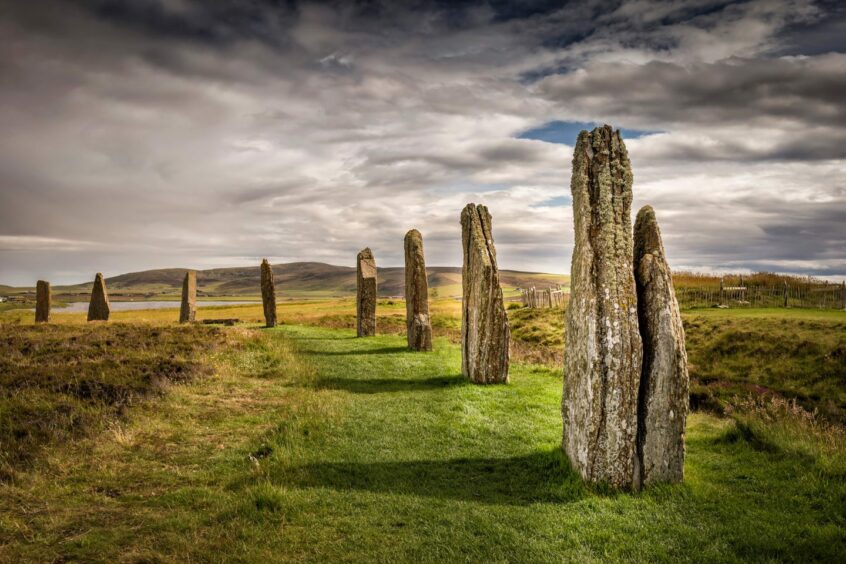
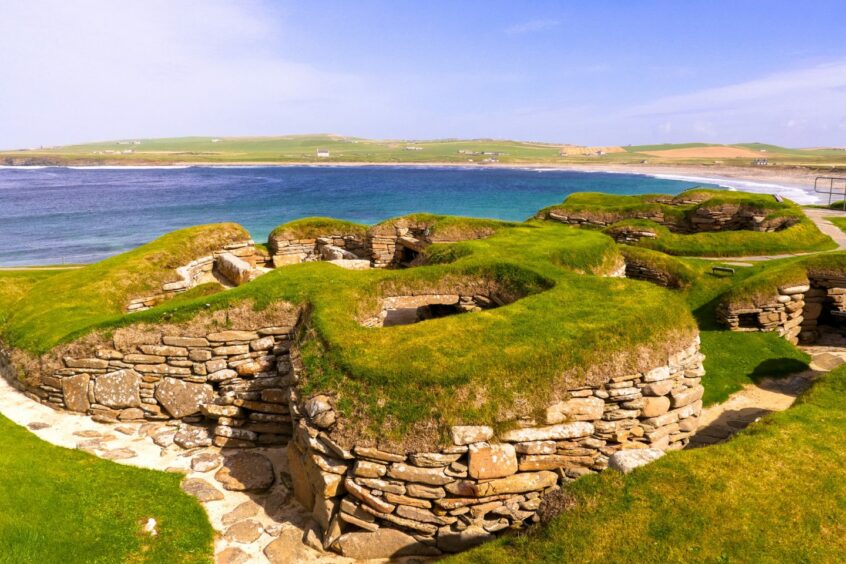
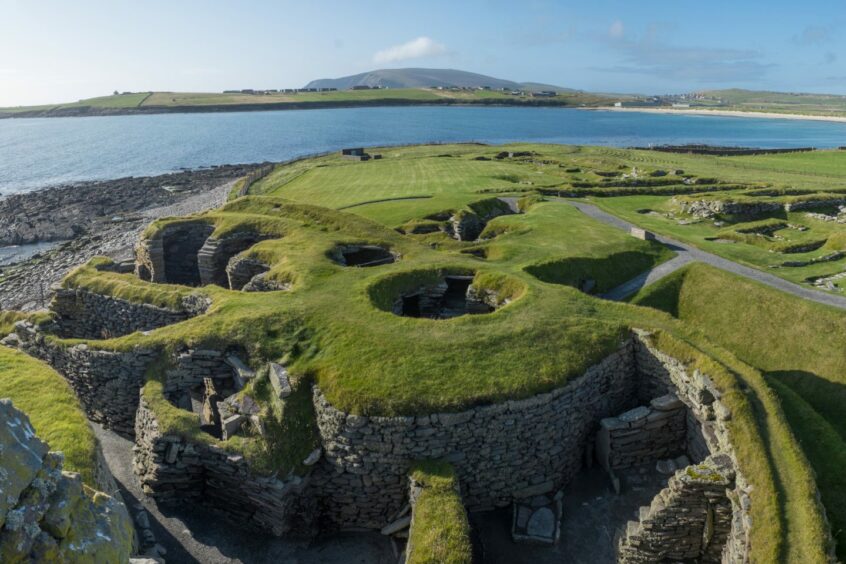
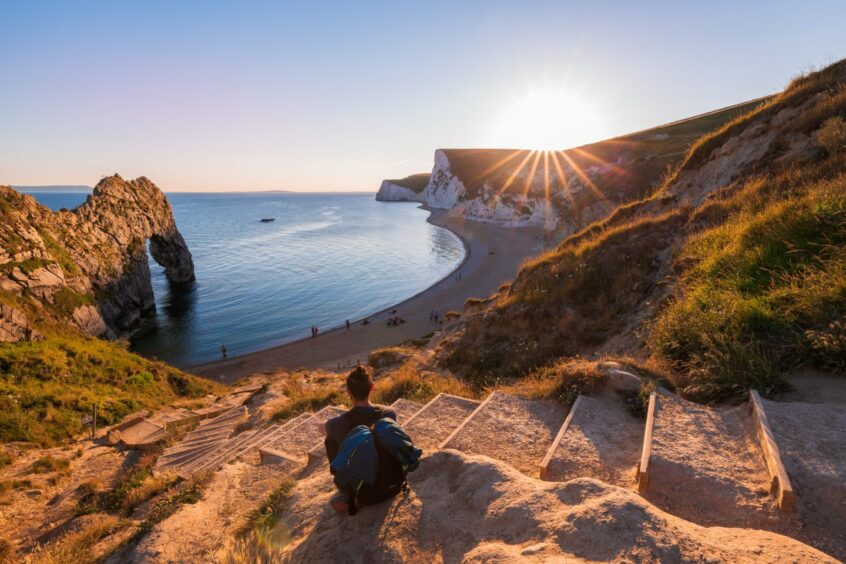
Conversation